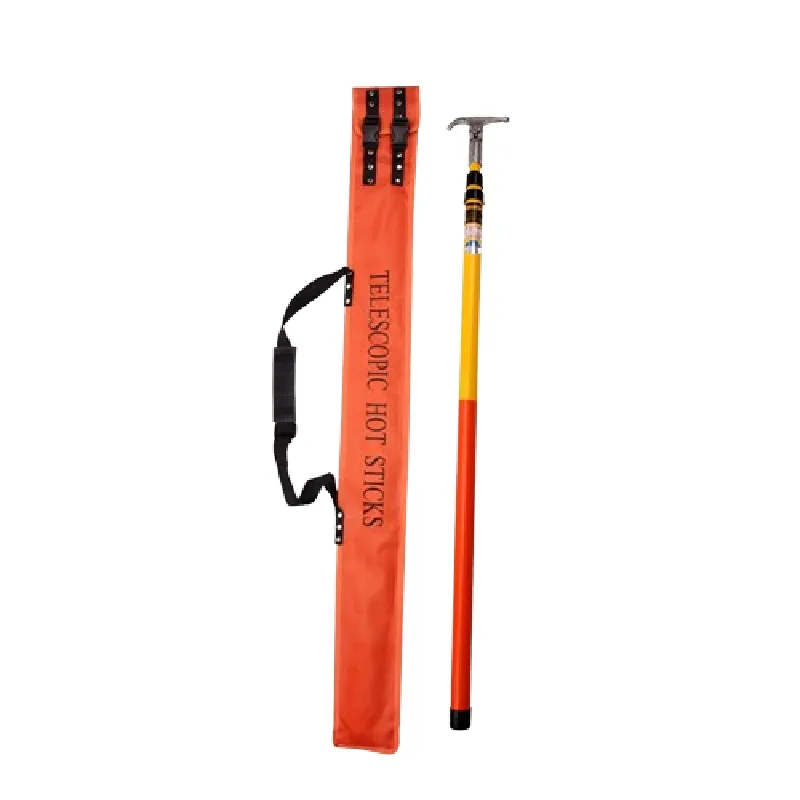
-
 Afrikaans
Afrikaans -
 Albanian
Albanian -
 Amharic
Amharic -
 Arabic
Arabic -
 Armenian
Armenian -
 Azerbaijani
Azerbaijani -
 Basque
Basque -
 Belarusian
Belarusian -
 Bengali
Bengali -
 Bosnian
Bosnian -
 Bulgarian
Bulgarian -
 Catalan
Catalan -
 Cebuano
Cebuano -
 Corsican
Corsican -
 Croatian
Croatian -
 Czech
Czech -
 Danish
Danish -
 Dutch
Dutch -
 English
English -
 Esperanto
Esperanto -
 Estonian
Estonian -
 Finnish
Finnish -
 French
French -
 Frisian
Frisian -
 Galician
Galician -
 Georgian
Georgian -
 German
German -
 Greek
Greek -
 Gujarati
Gujarati -
 Haitian Creole
Haitian Creole -
 hausa
hausa -
 hawaiian
hawaiian -
 Hebrew
Hebrew -
 Hindi
Hindi -
 Miao
Miao -
 Hungarian
Hungarian -
 Icelandic
Icelandic -
 igbo
igbo -
 Indonesian
Indonesian -
 irish
irish -
 Italian
Italian -
 Japanese
Japanese -
 Javanese
Javanese -
 Kannada
Kannada -
 kazakh
kazakh -
 Khmer
Khmer -
 Rwandese
Rwandese -
 Korean
Korean -
 Kurdish
Kurdish -
 Kyrgyz
Kyrgyz -
 Lao
Lao -
 Latin
Latin -
 Latvian
Latvian -
 Lithuanian
Lithuanian -
 Luxembourgish
Luxembourgish -
 Macedonian
Macedonian -
 Malgashi
Malgashi -
 Malay
Malay -
 Malayalam
Malayalam -
 Maltese
Maltese -
 Maori
Maori -
 Marathi
Marathi -
 Mongolian
Mongolian -
 Myanmar
Myanmar -
 Nepali
Nepali -
 Norwegian
Norwegian -
 Norwegian
Norwegian -
 Occitan
Occitan -
 Pashto
Pashto -
 Persian
Persian -
 Polish
Polish -
 Portuguese
Portuguese -
 Punjabi
Punjabi -
 Romanian
Romanian -
 Russian
Russian -
 Samoan
Samoan -
 Scottish Gaelic
Scottish Gaelic -
 Serbian
Serbian -
 Sesotho
Sesotho -
 Shona
Shona -
 Sindhi
Sindhi -
 Sinhala
Sinhala -
 Slovak
Slovak -
 Slovenian
Slovenian -
 Somali
Somali -
 Spanish
Spanish -
 Sundanese
Sundanese -
 Swahili
Swahili -
 Swedish
Swedish -
 Tagalog
Tagalog -
 Tajik
Tajik -
 Tamil
Tamil -
 Tatar
Tatar -
 Telugu
Telugu -
 Thai
Thai -
 Turkish
Turkish -
 Turkmen
Turkmen -
 Ukrainian
Ukrainian -
 Urdu
Urdu -
 Uighur
Uighur -
 Uzbek
Uzbek -
 Vietnamese
Vietnamese -
 Welsh
Welsh -
 Bantu
Bantu -
 Yiddish
Yiddish -
 Yoruba
Yoruba -
 Zulu
Zulu


Sep . 23, 2024 06:05 Back to list
hydraulic crimping tool use
Understanding the Use of Hydraulic Crimping Tools
Hydraulic crimping tools are invaluable in various industries, particularly in electrical and construction applications. Their effectiveness lies in the ability to create secure, robust, and reliable connections by crimping terminals onto wires. This article will delve into how hydraulic crimping tools work, their benefits, the applications they serve, and best practices for their use.
How Hydraulic Crimping Tools Work
At their core, hydraulic crimping tools utilize hydraulic power to exert force on crimping dies, compressing metal connectors onto wires. Unlike manual crimping tools, which can lead to inconsistent results due to varying levels of human strength and technique, hydraulic tools provide uniform pressure to ensure a consistent crimp every time. This mechanism involves a hydraulic pump that generates pressure, which is transmitted through a cylinder to the dies, effectively squeezing the connector and wire together.
Benefits of Hydraulic Crimping Tools
1. Efficiency Hydraulic crimping tools are significantly faster than manual alternatives. The time saved during each connection can add up quickly, particularly in large-scale projects involving numerous wires.
2. Consistency and Quality The pressure applied by hydraulic tools is adjustable and can be controlled precisely, ensuring that each crimp meets the necessary specifications. This consistency reduces the risk of connection failures due to improper crimping.
3. Versatility These tools come in various sizes and configurations, making them suitable for different types of connectors and wire gauges. Whether you're dealing with high-voltage applications or smaller wiring jobs, there's likely a hydraulic crimping tool that fits the bill.
4. Reduced Physical Labor Working with manual tools can be tiring and may lead to repetitive strain injuries over time. Hydraulic tools minimize physical strain, allowing operators to work for extended periods without discomfort.
Common Applications
Hydraulic crimping tools are widely used in industries such as
hydraulic crimping tool use

- Electrical Installation They are essential for crimping connectors to wires used in electrical panels, circuits, and power distribution systems. - Automotive In vehicle assembly lines, hydraulic crimping tools play a critical role in wiring harness production, ensuring secure connections that withstand vibration and movement.
- Telecommunications Installing and maintaining telecommunications infrastructure requires reliable connections that can endure environmental challenges.
- Construction In construction, hydraulic crimping tools are often used for joining cables in heavy machinery and equipment.
Best Practices for Use
To get the most out of hydraulic crimping tools, follow these best practices
1. Select the Right Tool Ensure that the tool is appropriate for the specific wire gauge and connector type you are working with. Refer to the manufacturer’s guidelines.
2. Regular Maintenance Keep the tool clean and well-maintained. Regular inspections for wear and tear can prevent unexpected failures during critical tasks.
3. Proper Technique Follow the manufacturer's instructions for operation. Ensure that the dies are correctly aligned and that the wire is fully inserted into the connector before crimping.
4. Training Providing adequate training for operators can significantly reduce the risk of errors and enhance safety on the job site.
In conclusion, hydraulic crimping tools are a staple in many technical fields, offering efficiency, consistency, and reliability. By adhering to best practices and understanding their applications, users can ensure that they achieve the best results in their crimping tasks. Whether in electrical work, automotive manufacturing, or construction, the hydraulic crimping tool stands out as an indispensable asset.
Latest news
What Are Construction Tools and How Are They Used?
NewsJul.11,2025
Professional-Grade Duct Rodding Tools for Superior Cable Installation
NewsJul.11,2025
Enhancing Safety and Efficiency with Modern Hot Stick Solutions
NewsJul.11,2025
Empowering Cable Installation with Advanced Rodder Solutions
NewsJul.11,2025
Elevate Your Cable Installation Projects with Cable Pulling Tools
NewsJul.11,2025
Efficient Cable Handling Solutions: Cable Rollers for Sale
NewsJul.11,2025











